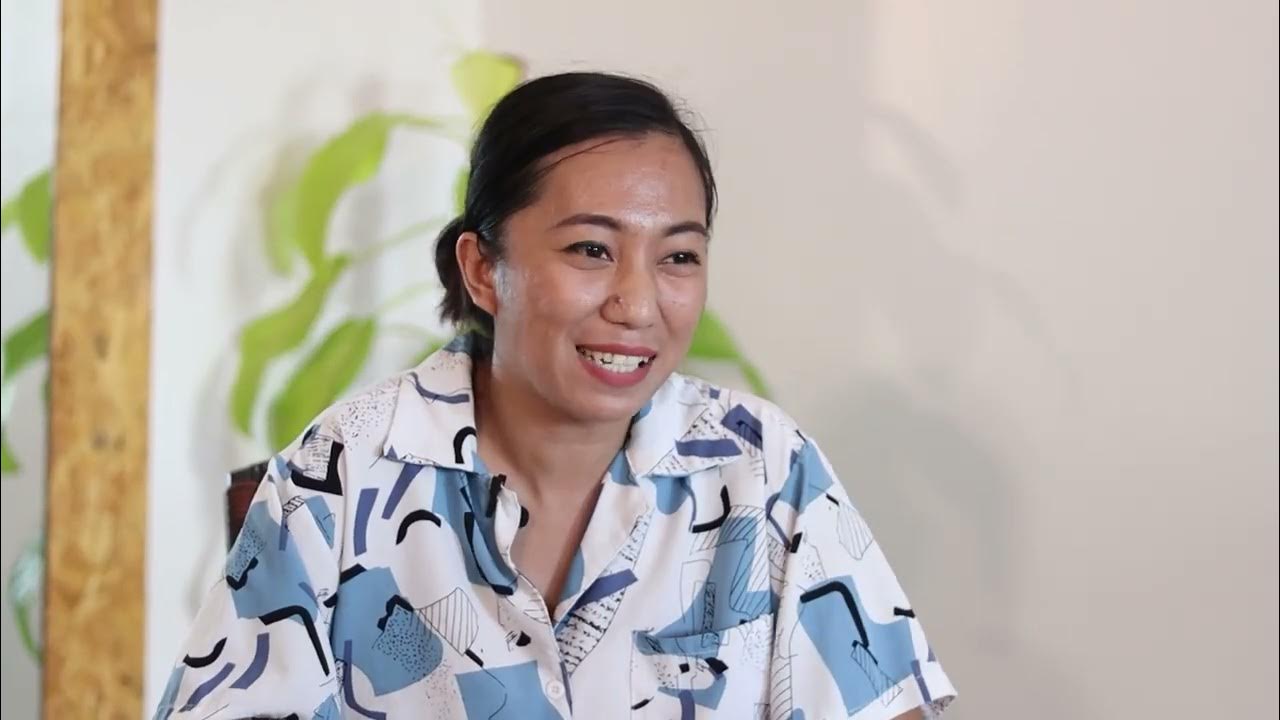VIDEO LESSON: Physical Education- Hip Hop Dance styles I Grade 10 Quarter 3 Module 6
Summary
TLDRIn this physical education video, Michelle Melody Marialis introduces various hip-hop dance styles, including tutting, cramping, shuffling, and walking, along with their origins and cultural significance. Students are encouraged to engage in these moderate to vigorous activities for fitness, learn the history of Filipino hip-hop, and participate in practical dance tutorials. The lesson concludes with self-assessment and a creative assignment to choreograph a short hip-hop dance routine.
Takeaways
- 🎥 The video is an educational lesson on physical education, specifically focusing on hip-hop dance styles for grade 10 students.
- 🕺 The lesson introduces various hip-hop dance styles including tutting, cramping, shuffling, and walking, each with its unique history and origin.
- 👉 Tutting is a geometric style of dance that originated from ancient Egyptian positions and was popularized by King Tut, aka Mark Abenson.
- 🤔 Cramping originated in the African-American community of South Central Los Angeles and is known for its expressive and energetic movements, often used as a release for anger.
- 💃 The Melbourne Shuffle, also known as rocking, is a fast-paced dance style that originated in the late 1980s rave scene in Australia.
- 🚶 Walking is an African-American street dance from the 1970s disco era, characterized by stylized posing and synchronized movements.
- 🌏 The Philippines is highlighted as having the first hip-hop music scene in Asia, influenced by American culture and colonial narratives.
- 🏆 Filipino-Americans have made significant contributions to the world of hip-hop, especially in breakdancing, with many winning international competitions.
- 🎭 In the Philippines, hip-hop has become a significant part of the contemporary dance scene with numerous dance groups and competitions.
- 🌐 International hip-hop dance competitions provide a platform for Filipino groups to gain exposure and exchange styles with the global community.
- 💃 Sub-genres within hip-hop, such as vogue, fame, and lyrical hip-hop, have emerged, adding variety and depth to choreography.
- 📚 The lesson concludes with activities for students to practice the dance styles and self-evaluate their performance, encouraging active learning and engagement.
Q & A
Who is the speaker in the video?
-The speaker in the video is Michelle Melody Marialis, a physical education teacher.
What is the main topic of the video?
-The main topic of the video is the discussion of hip-hop dance styles, including their history and origin.
What type of physical activities are students expected to engage in during this lesson?
-Students are expected to engage in moderate to vigorous physical activities, specifically learning and practicing hip-hop dance styles.
What are the different hip-hop dance styles mentioned in the video?
-The video mentions tatting, cramping, shuffling, and walking as the different hip-hop dance styles.
What is the origin of the dance style 'tattin'?
-Tattin' is derived from the positions people were drawn in during the days of ancient Egyptians and was originally practiced by funk dancers.
Who is credited with pioneering the 'tattin' style?
-King Tut, also known as Mark Benson, is widely acclaimed for pioneering the 'tattin' style.
What is the origin of 'cramping' dance style?
-Cramping originated in the African-American community of South Central Los Angeles, California, and is a relatively new form of urban black dance movement.
What is the significance of 'shuffling' in the dance community?
-Shuffling, also known as the Melbourne Shuffle, is a rave and club dance that originated in the late 1980s in Melbourne, Australia, and is known for its fast heel and toe action.
What is the history of hip-hop in the Philippines?
-The Philippine hip-hop scene emerged in the early 80s, shortly after the development of hip-hop in the Bronx, New York, making it the first hip-hop music scene in Asia.
How has the hip-hop dance culture evolved in the Philippines?
-Hip-hop dance culture in the Philippines has evolved with the formation of numerous hip-hop dance groups, participation in local and international dance competitions, and the influence of international choreographers through workshops.
What are some of the sub-genres within the main hip-hop genre mentioned in the video?
-Some sub-genres within the main hip-hop genre mentioned in the video are vogue, fame, cramping, and lyrical hip-hop.
What is the assignment given to the students at the end of the video?
-The assignment given to the students is to create a simple hip-hop dance routine of one to two minutes, choosing from the mentioned hip-hop dance styles, and submit it online or through the teacher's social media.
Outlines

Esta sección está disponible solo para usuarios con suscripción. Por favor, mejora tu plan para acceder a esta parte.
Mejorar ahoraMindmap

Esta sección está disponible solo para usuarios con suscripción. Por favor, mejora tu plan para acceder a esta parte.
Mejorar ahoraKeywords

Esta sección está disponible solo para usuarios con suscripción. Por favor, mejora tu plan para acceder a esta parte.
Mejorar ahoraHighlights

Esta sección está disponible solo para usuarios con suscripción. Por favor, mejora tu plan para acceder a esta parte.
Mejorar ahoraTranscripts

Esta sección está disponible solo para usuarios con suscripción. Por favor, mejora tu plan para acceder a esta parte.
Mejorar ahoraVer Más Videos Relacionados

Grade 10 / CONCEPTS AND STYLES OF HIP-HOP DANCE / QUARTER 3/ MODULE 1 / PART 2 (LESSON 2)

AU PASIG G12 PE 03 | 2ND QUARTER | LESSON 7 - HIP-HOP DANCE

The Ilonggo Street Dance 101

Lesson 1: NATURE OF DIFFERENT DANCE | H.O.P.E 3

The Freshest Kids 1/10

JENIS JENIS TARI TRADISIONAL DI INDONESIA || SENI TARI UNIT 1 KELAS 7
5.0 / 5 (0 votes)
